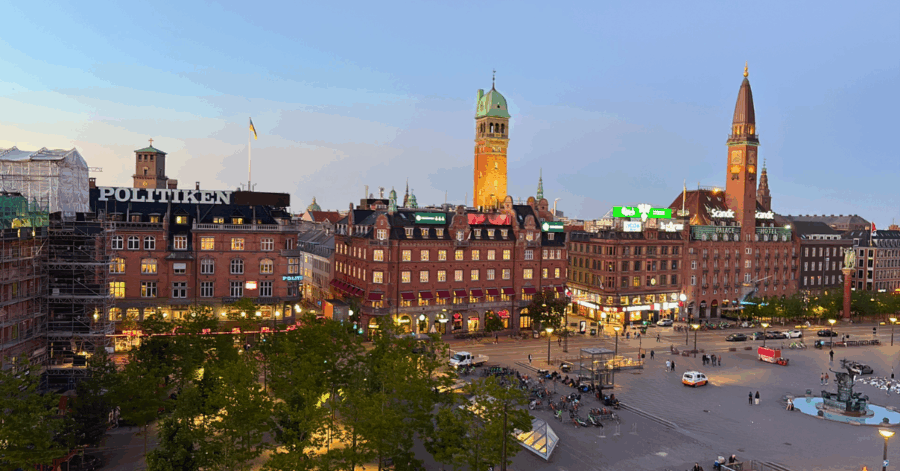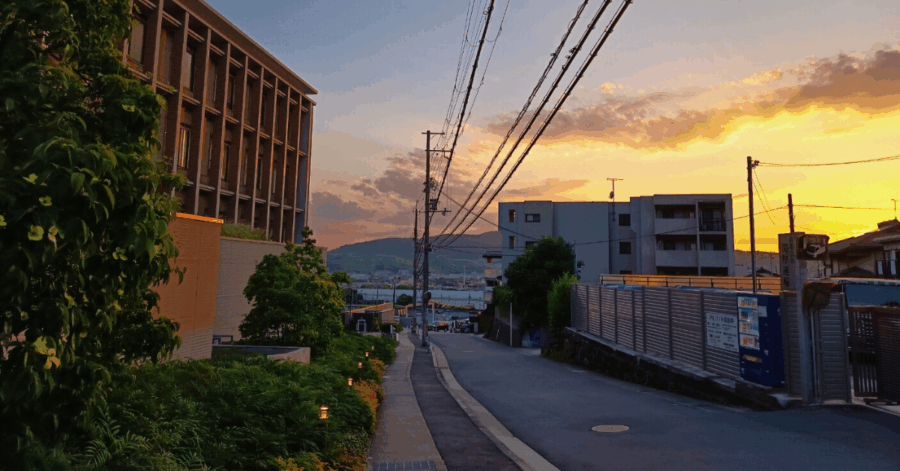Hola from Ecuador! My name is Allie Schauer and I’m going into my third year of history and sustainability studies at the University of Texas. Today I write to you from Cuenca, Ecuador, while partaking in the Nature, Society, and Sustainability Maymester.
Going into this adventure, I didn’t know much about modern-day Ecuador. I’ve taken classes covering the Incan Empire that used to extend over this land and had some understanding of US-Ecuadorian relations but came into this experience with an almost entirely blank slate. While I didn’t know what to expect, the bright colors of Ecuador have surprised me in the best way. Beyond initial beauty, the meanings and histories of these colors are some of the most intriguing things I’ve learned thus far.
Like several countries in Latin America, Ecuador is a top producer of fruits, vegetables, and grains. Many of the fresh goods we see in our supermarkets, like pineapple and quinoa, come from the agricultural regions of Ecuador. But Ecuador also has plants many of us have never seen or heard of. There are delicious fruits like babaco, tamarillo, cherimoya, and hundreds of variations of bananas and plantains. Even cacao pods, which we tend to value for their subsequent creation of chocolate, have a juicy white fruit around the bean. While here, I have eaten more types of potato than I knew existed.
Ecuador is one of the top producers and exporters of cut flowers worldwide. We visited an orchid plantation outside Gualaceo and learned about how the best orchids take nearly three years to reach maturity under the perfect conditions set by the highlands climate. Here in Cuenca, we walked through the internationally renowned flower market to see the roses and arrangements that the market is famous for. Though not native, blue agave dot the hill and mountainsides we pass while driving from city to city, helping to restore soil fertility and health in fallow plots.
During colonialism, the Spanish forced the indigenous people of Ecuador to convert to Catholicism. The severity of the conversion varied, but the use of synchronism in imagery was a common tool. Today, many of these fusions of Catholic and Incan (and other indigenous groups) icons can be seen in the stained glasses of churches and cathedrals constructed during colonialism. The best example is that in the top right picture above – the Incans worshipped the sun and the moon, so the Spaniards put images of both next to one of the Virgin Mary. The idea of the close placement was that the first couple generations could continue honoring the sun and moon, but that the main focus would fall upon Mary as the knowledge of the importance of the sun and moon faded with time.
I could write a whole post just on the architecture of Ecuador. Depending on where you are, you can see buildings with Spanish, French, Greek, and early American influences. Many of the non-Spanish styles were brought to Ecuador immediately following the country’s independence as a form of protest, a visual representation of Ecuadorians breaking from Spain. This subtle rebellion is also seen in the paints used on home exteriors. Spanish buildings during colonialism tended to be completely white, void of color. After independence, many Ecuadorians painted their houses in expressive colors.
We’re just under two weeks into our program, so I’m sure there are many multitudes more of colors in the fruits, veggies, flowers, and cities yet to come. I can’t wait to continue exploring Cuenca, Quito, and all the beautiful places between!
This post was contributed by Allie Schauer, a 2018 Global Ambassador.
Don’t get left behind. Find your study abroad program >>









